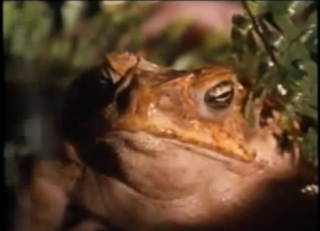Comic updating of Dickens' "A Christmas Carol", with Bill Murray as an egocentric, greedy TV network executive who discovers the real meaning of the holiday. It's always hard to take seriously a big-budget Hollywood movie version of the classic Dickens story - even in a comedy like this - and the pathos of the script are quite never sincere or effective enough to overcome this problem here, not helped any by Richard Donner's direction, which feels slick and impersonal. Still, there are some laughs to be had, even if they are too frequently interrupted for the serious moments required of the story.
Murray does a good job in playing the jerk who has an eleventh-hour epiphany, but his performance here lacks the depth to make his transformation really believable, unlike his later, more effective turn in the much better GROUNDHOG DAY. He is at his funniest when he is given a vehicle tailored to his quirky and offbeat persona, allowing his dry, caustic characterization to develop and grow on the audience, but because of the demands of this story, he is never allowed to sustain that tone for too long.
Murray is supported here by a talented cast of players, including Robert Mitchum in a good comic turn, as well as Karen Allen, Carol Kane, John Forsythe, David Johansen, John Houseman and others, though it is difficult to shake the feeling that that these talents are ultimately wasted in a production like this. Michael Chapman's cinematography is serviceable here, never calling attention to itself, while Danny Elfman's score is not one of his best, with the orchestrations too often competing for attention with the comedy.
The funnest parts of the film are probably the show-within-a-show being produced by Murray's TV exec: a crass production of "A Christmas Carol" starring Buddy Hackett as Scrooge and Jamie Farr as Bob Cratchit, which work precisely because they ring all too true as an example of an overproduced Christmas TV special.
It's all enjoyable enough, but Murray has had much better vehicles, and the film ultimately comes across as exactly the kind of slick holiday entertainment that it purports to be skewering.







